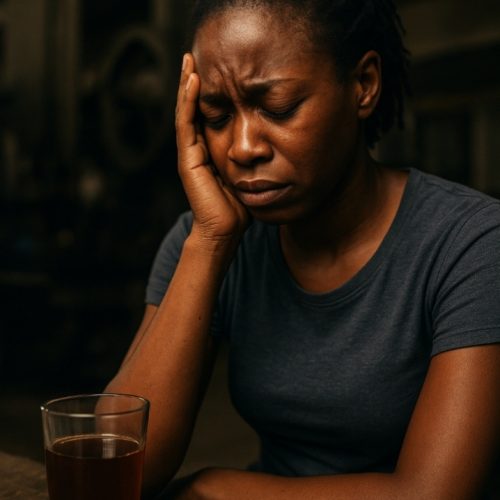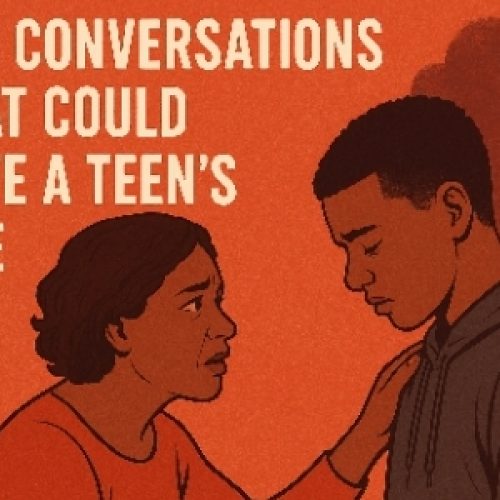THE SILENT BILL: COUNTING THE ECONOMIC COST OF DRUG ADDICTION IN AFRICA
THE SILENT BILL: COUNTING THE ECONOMIC COST OF DRUG ADDICTION IN AFRICA
At first glance, Daniel looked like any other young man in his mid-twenties, bright-eyed, charming, and full of promise.
He had just completed his National Youth Service and was eager to secure a job that would lift his family out of poverty.
But behind the smiles and jokes, there was a secret that slowly drained not only his future but also the pockets of everyone around him: drug addiction.
Daniel’s story is not unique. It is the story of countless young Africans who find themselves ensnared by substances that promise escape but deliver devastation.
For his family, the cost of his addiction was not only emotional but financial, his mother sold her small provisions shop to fund his rehabilitation.
His younger siblings dropped out of school when the family income collapsed.
Each relapse meant more hospital bills, more debts, more tears.
Now, zoom out from Daniel’s single story, and you see the broader picture: the silent but staggering economic cost of drug addiction in Africa.
A Hidden Drain on Families and Nations
Drug addiction is often discussed in terms of morality, stigma, or crime, but rarely in terms of economics. Yet, the financial implications are immense.
Families spend their life savings on treatments, rehabilitation centres, and, sadly, sometimes on legal fees.
Employers lose billions in productivity when workers show up late, underperform, or quit jobs due to drug dependency.
Governments lose revenue when once-productive citizens become dependents on already stretched social systems.
According to the United Nations Office on Drugs and Crime, Africa is fast becoming a hub for both drug trafficking and consumption.
In West Africa alone, the abuse of tramadol, cannabis, and methamphetamine is rising at alarming rates. Behind every statistic lies the economic reality: households falling deeper into poverty, communities strained by crime, and national health systems overwhelmed by preventable cases.
The Ripple Effect
Drug addiction is never an isolated problem. It is a stone dropped into a still pond, sending ripples far beyond the individual user.
Healthcare costs: Addiction-related illnesses such as liver damage, HIV from needle sharing, and mental health crises flood hospitals that are already underfunded.
Loss of productivity: A study in Nigeria estimated that drug and alcohol abuse cost the economy billions annually in lost productivity. Multiply that across Africa, and the figures are staggering.
Crime and insecurity: Communities bear the financial cost of insecurity linked to drug trafficking, resources diverted to policing, incarceration, and court cases that could have been invested in schools or roads.
Education setback: Families struggling with a member’s addiction often withdraw other children from school due to financial strain, perpetuating cycles of poverty.
The Human Cost in Numbers
Daniel’s mother once shared a sobering breakdown:
₦250,000 (about £130) spent in three months on his first rehabilitation attempt.
₦80,000 in hospital bills when he overdosed.
Daily expenses of around ₦2,000 on drugs before he sought help, nearly £10,000 over the course of four years.
Now imagine ten thousand Daniels across Nigeria. Imagine millions across Africa. The numbers are no longer private tragedies, they become public emergencies.
Why We Must Pay Attention
Drug addiction is not a “personal weakness.” It is a societal crisis with economic consequences that touch every African, directly or indirectly.
If your neighbour’s son is addicted, you are paying part of the cost through higher taxes, overstretched hospitals, or increased insecurity. If your colleague’s daughter is in rehab, the ripple affects productivity at work.
The World Bank estimates that Africa already loses billions annually due to brain drain and underutilisation of youth talent. Add the drain of drug addiction, and we begin to see why poverty persists despite abundant resources.
Breaking the Cycle
There is hope, but it requires action:
Investment in Prevention: It is far cheaper to prevent drug abuse than to treat addiction. Public awareness campaigns in schools, churches, mosques, and communities must be scaled up.
Accessible Rehabilitation: Rehab must not remain a luxury for the rich. Governments, NGOs, and private sector players should partner to subsidise treatment centres.
Skill Empowerment: Rehabilitation without economic empowerment is incomplete. Young people need jobs, entrepreneurship opportunities, and a sense of belonging that reduces vulnerability to drugs.
Policy Reform: Stronger regulations on pharmaceutical imports and stricter crackdowns on traffickers are essential. But policies must also support recovery, not just punishment.
A Mother’s Plea
Daniel’s mother once said, with tears in her eyes:
“If we had invested this much money in his education or a small business, maybe today he would be married and supporting his siblings. Instead, we are still paying debts.”
Her words are not just a lament, they are a warning. Every household with an addict is a reminder that the cost of inaction is too high for Africa to bear.
Call to Action
At Balm for the Bruised Foundation, we believe no family should have to choose between feeding their children and saving their addicted loved one.
We believe no government should look away from the billions draining silently through drug addiction.
It’s time for communities, leaders, and individuals to act. Share Daniel’s story. Start conversations in your home, your office, your place of worship. Support organisations working to rehabilitate victims and educate the vulnerable.
Because the economic cost of drug addiction is not just about money, it’s about lost futures, broken families, and nations held back from their true potential.
What do you think? Have you seen or experienced the financial strain of drug addiction in your family or community? Share your thoughts in the comments below, let’s start the conversation that can lead to solutions.
About author
You might also like
A CUP OF SILENCE: CHIKA’S ’s STORY
A CUP OF SILENCE: CHIKA’S ’s STORY Chika never thought that something as simple as a drink could change the course of her life. At 27, she was the pride
PEER PRESSURE: HOW TO SAY NO AND MEAN IT
PEER PRESSURE: HOW TO SAY NO AND MEAN IT I remember the day as if it happened yesterday. Chika had always been the life of the room the kind of
TEN CONVERSATIONS THAT COULD SAVE A TEEN’S LIFE
TEN CONVERSATIONS THAT COULD SAVE A TEEN’S LIFE When Ada first noticed her son, Somto, becoming withdrawn, she assumed it was just a typical teenage mood swing. He was fifteen,




0 Comments
No Comments Yet!
You can be first to comment this post!